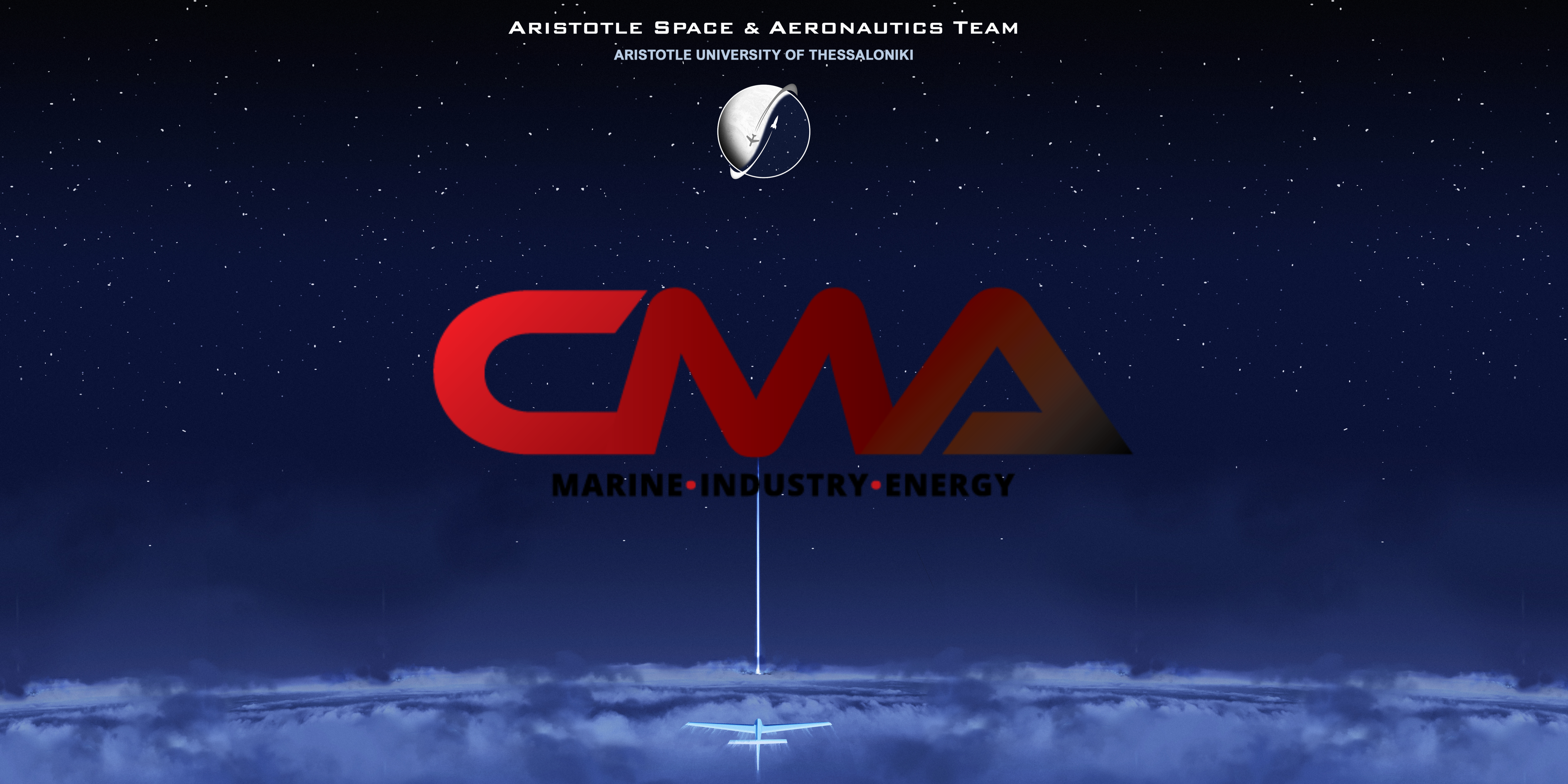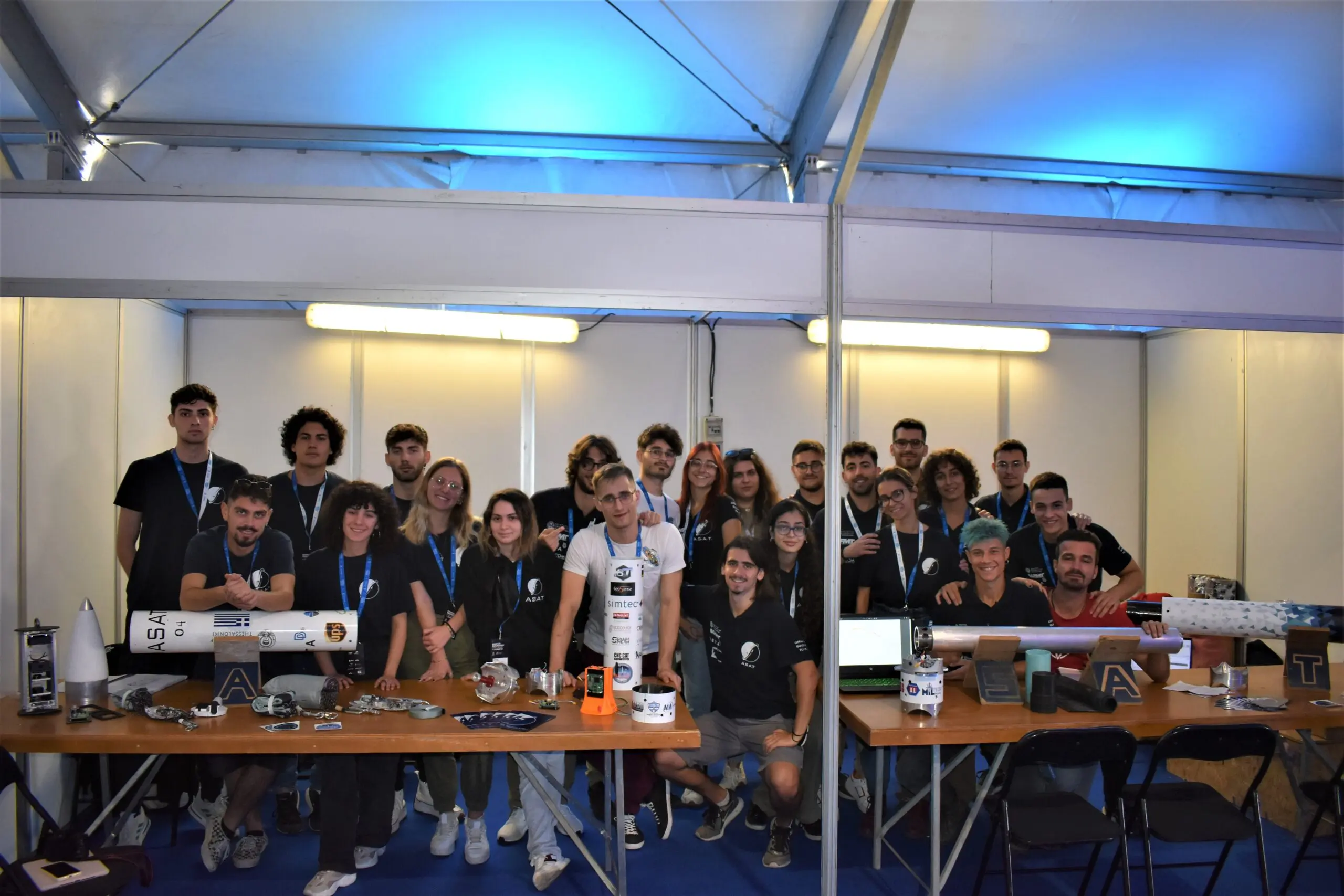Each airplane before reaching the manufacturing stage goes through the long design process. The Aerodynamics sub-team has a primary role in design.
Initially, aerodynamics is defined as the specific field of fluid mechanics that deals with the movement of fluids, in particular air, around bodies. This motion generates forces that need to be studied in detail for the optimization of the design. The two main forces are lift and drag. Lift is the force that makes the aircraft fly and for this reason the force that is generated, must balance the weight of the aircraft so that it maintains a horizontal flight. Drag is widely known as the resistance of air and constitutes the biggest obstacle for a designer, because he needs to decrease its value as much as possible.
Moving on from the theory of aerodynamics to the construction and flight of the aircraft, in between the first two lies the design process which is divided into three mainstages. Conceptual Design, Preliminary Design and Detailed Design. As the study of aerodynamics takes place in the first two stages, greater emphasis will be placed on them.
The Conceptual Design starts with the mission of the aircraft. The mission differs in each case and the correct clarification leads to a better result. During the mission analysis,the basic limitations are given and are taken into consideration in the Preliminary Design. The next stage includes Aerodynamicists’ efforts to find the optimal geometry. After discussing most feasible options, the next step is the selection of the optimum geometry, which constitutes the first design of the aircraft. This geometry may be optimal compared to the rest, but there is still room for improvements, as it is in a prime form and the dimensions are still debatable.
These improvementstake place during the Preliminary Design. In this stage, the limitations are increasing, apart from those derivedfrom the mission requirements, there are also restrictions on the aircraft’s flight behavior. Aside from achieving stable horizontal flight, the ease of flight is taken into consideration. The concept of stability during the design process raises the challenges of the Aerodynamicists. In general, stability is the state of consistency, in which there is no alteration. For an Aerodynamics’ member, stability is the ability of the airplane to tend to be corrected by itself at any change to the angle of flight. In order to achieve this, a wing needs to be designed in such a way thatgenerates enough lift, as to get the largest proportion of the weight of the airplane off the ground, and a correct tail, which could maintain its stability, needs to be designed.
The design is initially made using analytical calculations, which contain an error. The reduction of this error is achieved through numerical methods (CFD). The geometry is dissected, and fluid-based equations are solved, giving results very close to reality. Having a detailed approach to the aerodynamic behavior of the airplane, it is easy to check whether the final geometry covers all the limitations set at the beginning of the design. If these limitations are met, then the design goes through the next stage, the Detailed Design.
At this stage, the Aerodynamics have the construction geometry supervision, so that the actual behaviour of the aircraft will be the same as the theoretical one. After completing the Detailed Design, the next step is the test flight.
Flight is the moment when design is evaluated in total. The plane faces real conditions. It is perceived if the wing really creates the necessary lift and if the tail design is the proper and keeps the aircraft stable.
Finally, the most important thing is that during the flight it is easy to realize if the mission is actually accomplished.


Astraea in Air Cargo Challenge 2024
In 2024, for the 4th time our team had the opportunity to participate in the Air Cargo Challenge that took place in Aachen, Germany. ACC



